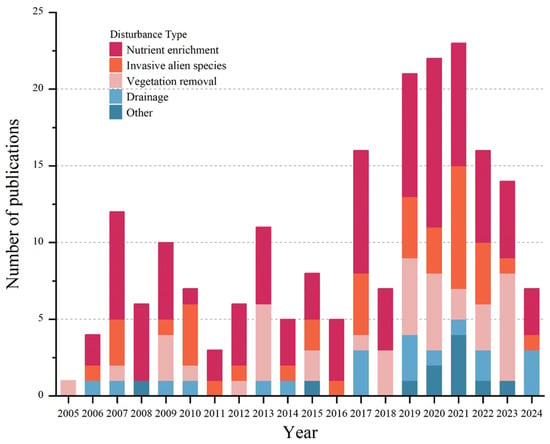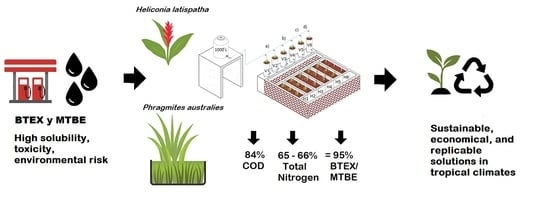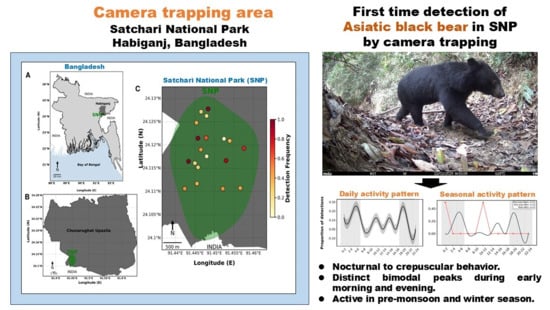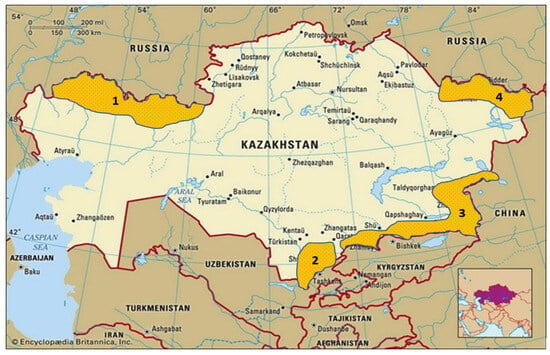- Review
Impacts of Anthropogenic Disturbances on the Functional Traits of Wetland Plants: A Retrospective Review of Studies Conducted Globally over the Past Two Decades
- Jingqing Wu,
- Cong Liu and
- Changhui Peng
- + 2 authors
As critical reservoirs of biodiversity and providers of ecosystem services, wetland ecosystems play a pivotal role in maintaining global ecological balance. They not only serve as habitats for diverse aquatic and terrestrial organisms but also play substantial roles in water purification, carbon sequestration, and climate regulation. However, intensified anthropogenic activities—including drainage, fertilization, invasion by alien species, grazing, and urbanization—pose unprecedented threats, leading to profound alterations in the functional traits of wetland plants. This review synthesizes findings from peer-reviewed studies published between 2005 and 2024 to elucidate the mechanisms by which human disturbances affect plant functional traits in wetlands. Drainage was found to markedly reduce plant biomass in swamp ecosystems, while mesophyte and tree biomass increased, likely reflecting altered water availability and species-specific adaptive capacities. Mowing and grazing enhanced aboveground biomass and specific leaf area in the short term but ultimately reduced plant height and leaf dry matter content, indicating potential long-term declines in ecological adaptability. Invasive alien species strongly suppressed the growth of native species, reducing biomass and height and thereby threatening ecosystem stability. Eutrophication initially promoted aboveground biomass, but excessive nutrient inputs led to subsequent declines, highlighting ecosystems’ vulnerability to shifts in trophic state. Similarly, fertilization played a dual role: moderate inputs stimulated plant growth, whereas excessive inputs impaired growth performance and exacerbated eutrophication of soils and water bodies. Urbanization further diminished key plant traits, reduced habitat extent, and compromised ecological functions. Overall, this review underscores the profound impacts of anthropogenic disturbances on wetland plant functional traits and their cascading effects on ecosystem structure and function. It provides a scientific foundation for conservation and management strategies aimed at enhancing ecosystem resilience. Future research should focus on disentangling disturbance-specific mechanisms across different wetland types and developing ecological engineering and management practices. Recommended measures include rational land-use planning, effective control of invasive species, and optimized fertilization regimes to safeguard wetland biodiversity, restore ecosystem functions, and promote sustainable development.
9 December 2025





